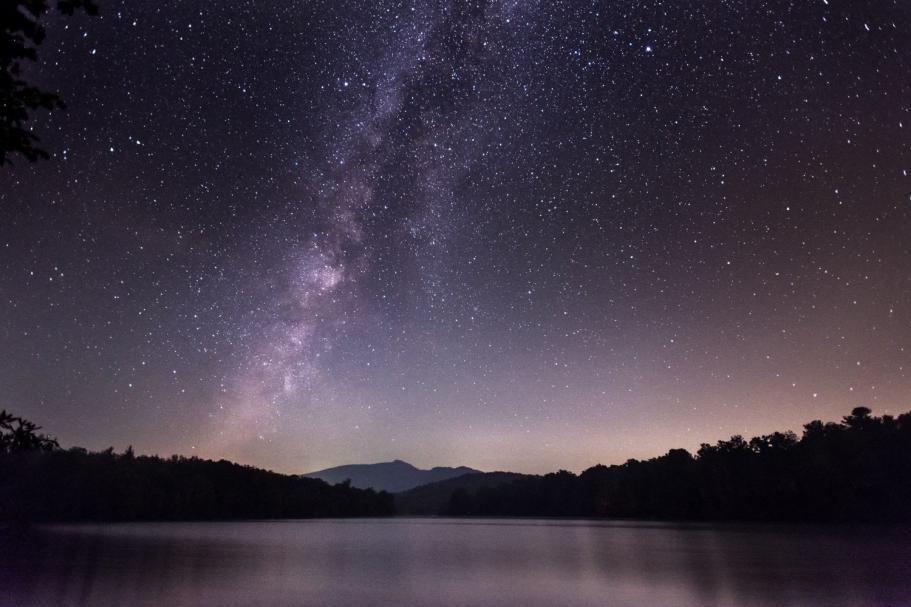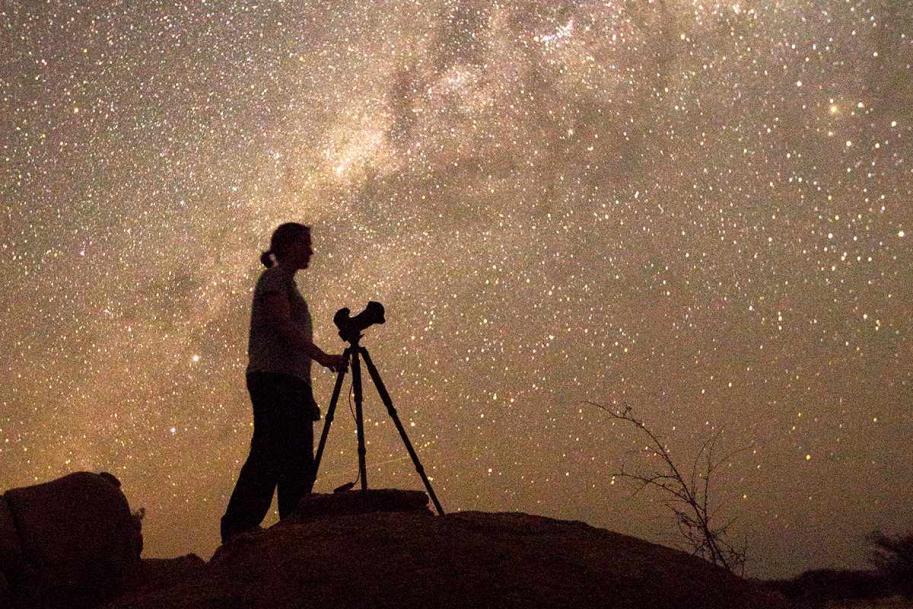How Can I Capture the Northern Lights in All Their Glory?
The Northern Lights, also known as aurora borealis, are a captivating natural phenomenon that has fascinated and awed people for centuries. These mesmerizing displays of light are caused by the interaction of solar particles with Earth's magnetic field, resulting in stunning and ever-changing patterns in the night sky.

If you're planning to embark on a Northern Lights adventure and capture the beauty of this celestial phenomenon with your camera, here's a comprehensive guide to help you achieve stunning results:
I. Planning Your Northern Lights Adventure:
1. Choose The Right Destination:
- Scandinavia (Norway, Sweden, Finland, and Iceland): Known for its dark skies, remote locations, and high chances of seeing the Northern Lights.
- Alaska (USA): Offers excellent viewing opportunities in areas like Fairbanks and Denali National Park.
- Canada (Yukon, Northwest Territories, and Nunavut): Provides vast and accessible wilderness areas for Northern Lights viewing.
2. Determine The Best Time To Visit:
- Winter months (September to April): Generally the best time for Northern Lights viewing, with longer nights and increased solar activity.
- Consider the solar cycle: The Northern Lights are more frequent and intense during periods of high solar activity, which typically occur every 11 years.
- Check aurora forecasts and weather conditions before your trip to increase your chances of success.
3. Pack Essential Gear:
- Warm clothing and sturdy footwear: Temperatures can drop significantly at night, so dress appropriately.
- Camera with a tripod: A sturdy tripod is crucial for keeping your camera steady during long exposures.
- Wide-angle lens: A wide-angle lens allows you to capture the vastness of the Northern Lights display.
- Remote shutter release: This accessory helps minimize camera shake and allows you to trigger the shutter without touching the camera.
- Headlamp: A headlamp is useful for navigating in the dark and setting up your camera gear.
II. Capturing The Northern Lights With A Camera:
1. Camera Settings:
- High ISO: Use a high ISO setting (e.g., ISO 1600 or higher) to increase the camera's sensitivity to light.
- Wide Aperture: Set your lens to a wide aperture (e.g., f/2.8 or wider) to allow more light into the camera.
- Long Exposure Time: Use a long exposure time (e.g., 15 seconds or longer) to capture the movement and details of the Northern Lights.
2. Composition And Framing:
- Leading Lines: Use natural elements like trees, mountains, or rivers to lead the viewer's eye towards the Northern Lights.
- Rule of Thirds: Position the Northern Lights along the lines or intersections of the rule of thirds grid for a balanced and visually appealing composition.
- Foreground Elements: Incorporate foreground elements like trees, rocks, or buildings to add depth and context to your shots.
3. Focus And Exposure:
- Focus on the Stars: Set your focus to infinity or focus on a distant star to ensure sharp images.
- Manual Exposure: Use manual exposure settings to fine-tune the brightness and clarity of your images.
- Experiment with Different Exposures: Take multiple shots with different exposure times to capture the Northern Lights at varying levels of brightness.
III. Additional Tips For Successful Northern Lights Photography:
- Use a Remote Shutter Release: A remote shutter release minimizes camera shake and allows you to capture sharp images, especially during long exposures.
- Experiment with Different Focal Lengths: Try different focal lengths to achieve varying perspectives and compositions, from wide-angle shots to telephoto close-ups.
- Be Patient and Persistent: Northern Lights photography requires patience and persistence. Conditions can change rapidly, so be prepared to wait and take multiple shots to capture the perfect moment.
Capturing the Northern Lights in all their glory requires careful planning, preparation, and technical expertise. By choosing the right destination, timing your trip strategically, packing the essential gear, and mastering the art of Northern Lights photography, you can create stunning images that will forever immortalize the beauty of this celestial phenomenon.
So, embark on your own Northern Lights photography adventure, embrace the challenges, and share your experiences and images with the world. Let the Northern Lights ignite your passion for photography and inspire you to capture the wonders of the night sky.

YesNo

Leave a Reply